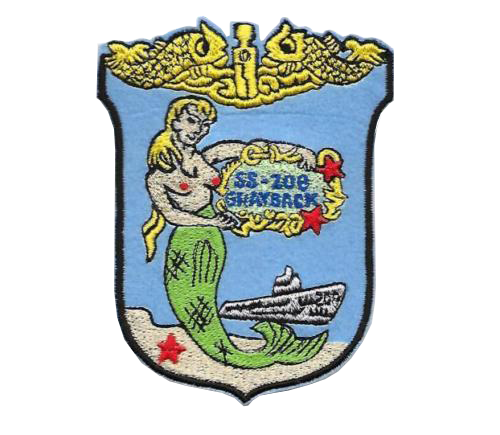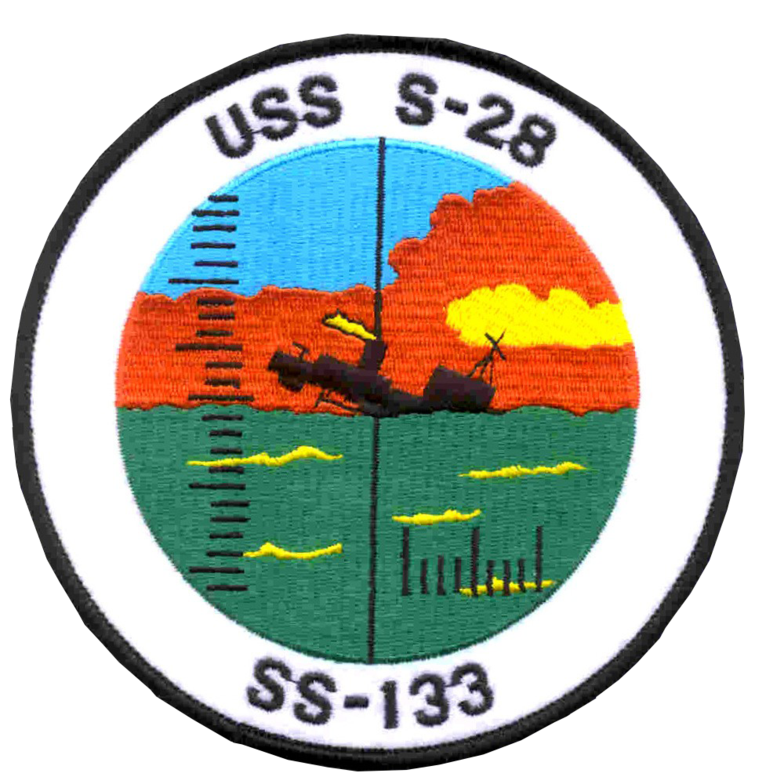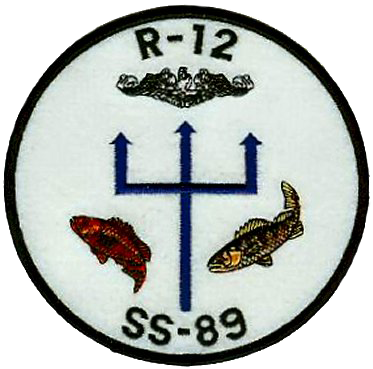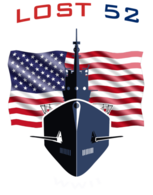a 501(c)3 Ocean Outreach Project
Honoring the men their memory and their mission
USS S-35 (SS-140)
USS S-35 (SS-140) HISTORY
BY DAVID L. JOHNSTON
USS S-35 (SS-140) was a submarine of the S-class, of the Electric Boat Company design S-1 sub-type, laid down at the San Francisco yard of Bethlehem Steel Company on 14 June 1918. The yard had been recently known as Union Iron Works until renamed by its parent company in 1917. Work on her proceeded quickly despite the end of the war in November, and after just 258 days on the building ways she was launched on 27 February 1919. However, at this point construction on the boat hit a significant snag. Trials testing on her sisterships USS S-1 (SS-105) and S-30 (SS-135) had shown that the NELSECO engines installed in the boats suffered from severe vibrations at high speeds, a condition that ultimately destroyed the engines. Construction on the S-35 and all other of the Electric Boat design S-boats lingered while the company and the Navy decided on a solution. S-35 spent 1267 days at her builder’s fitting out pier in San Francisco until finally accepted and commissioned by the Navy on 17 August 1922, with Lieutenant T.E. Short, USN in command. The ultimate solution to the engine problem had yet to be solved, but it was decided to commission the boat and run her at lower speeds until modifications could be made.
S-35 got underway in September 1922, headed for the Electric Boat engine yard in Groton, CT. She traveled under her own power through the Panama Canal and arrived in Groton on 25 October where she was decommissioned and handed over to Electric Boat for engine modifications. Modifications were completed and she was recommissioned on 07 May 1923. With most of her mechanical problems now behind her the S-35 provided excellent service to the USN, serving with the fleet in the Atlantic, Caribbean, Eastern Pacific, and in the Western Pacific in Philippine and Chinese waters.
In 1932 she transferred back to Pearl Harbor and operated from there until April 1941, when she returned to San Diego. After the commencement of hostilities, she and several other S-boats were transferred to a newly established base at Dutch Harbor in the Aleutian Islands of Alaska. Their mission here was to interdict Japanese shipping and military assets that were threatening the Alaskan sea frontier. Duty in this sector was arduous at best, with very cold temperatures, low visibility with dense fog, strong and unpredictable currents, and poorly charted reefs and obstacles.
In late December 1942 S-35 got underway for her 5th patrol in Aleutian waters off the islands of Kiska and Amchitka. On the evening of 21 December while battling through heavy seas which had injured her captain, she suffered a severe electrical fire in a switchboard in the control room. Heroic damage control efforts by her crew saved the boat, but she was heavily damaged, requiring a full shipyard overhaul. Temporarily patched up in Dutch Harbor she limped back to Puget Sound Navy Yard in Bremerton, WA where she underwent repairs, overhaul and modernization that lasted until 03 June 1943. She then returned to Dutch Harbor and conducted two more war patrols.
With quantities of much more capable fleet submarines now coming on-line, the older S-boats were retired from front line duties and assigned to training patrols and services in rear areas. After February 1944 S-35 operated out of Pearl Harbor and the Marshall Islands in this capacity. After one more maintenance period in San Diego, she returned to Pearl Harbor for the last time in February 1945 and served as a moored damage control training vessel, even after being decommissioned on 19 March 1945.
After the war, the ancient and worn out S-boats were determined to be superfluous to the Navy and most were quickly discarded. S-35 however, had one final duty to perform. On 04 April 1946 she was towed out of the harbor to a target area just south of Oahu. She was sunk in a training exercise by a torpedo fired from another submarine, useful to the end.












